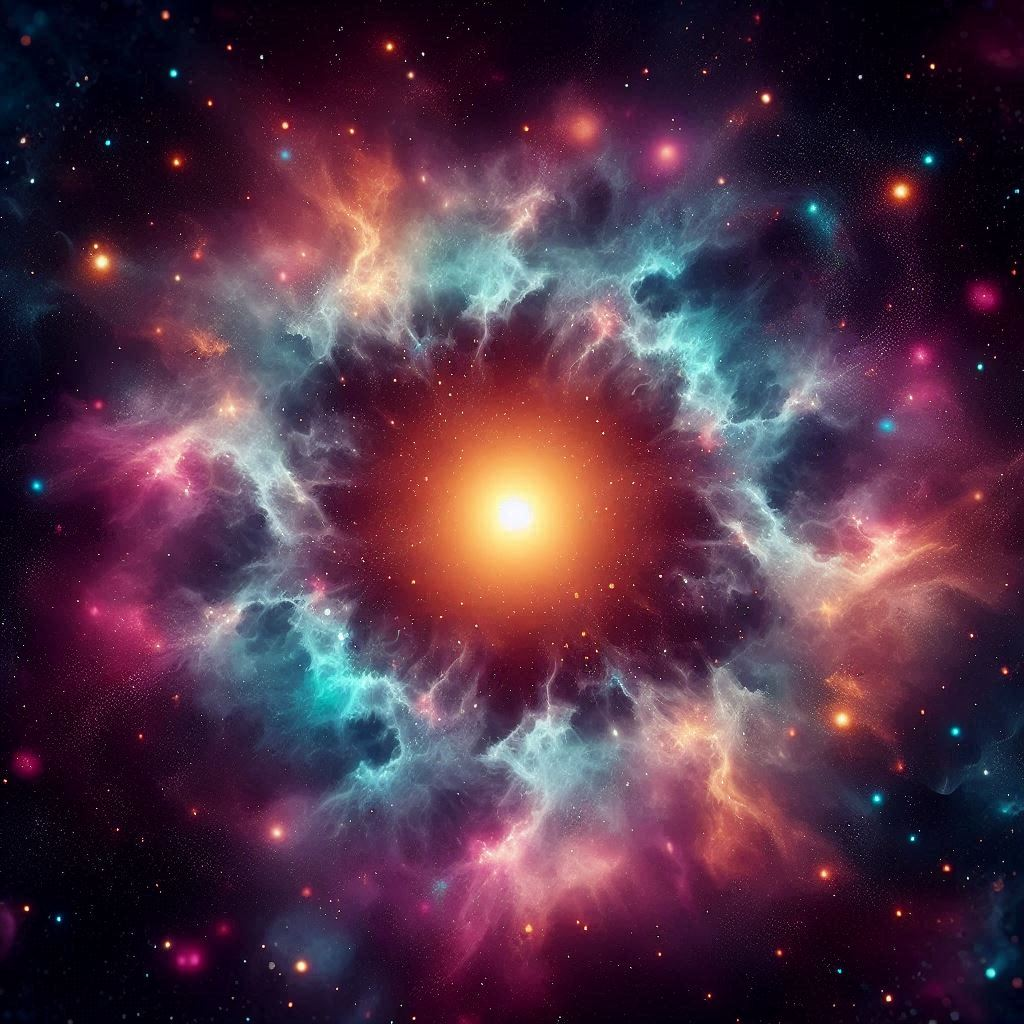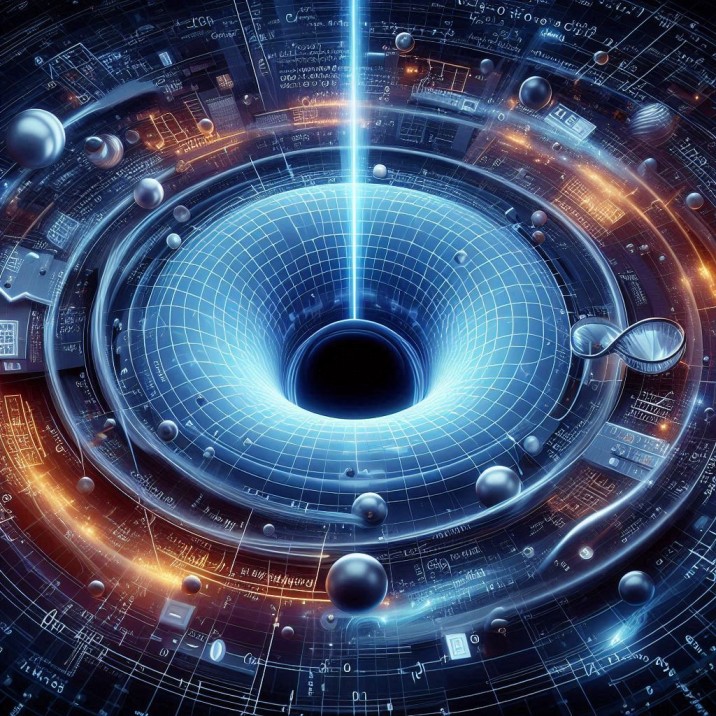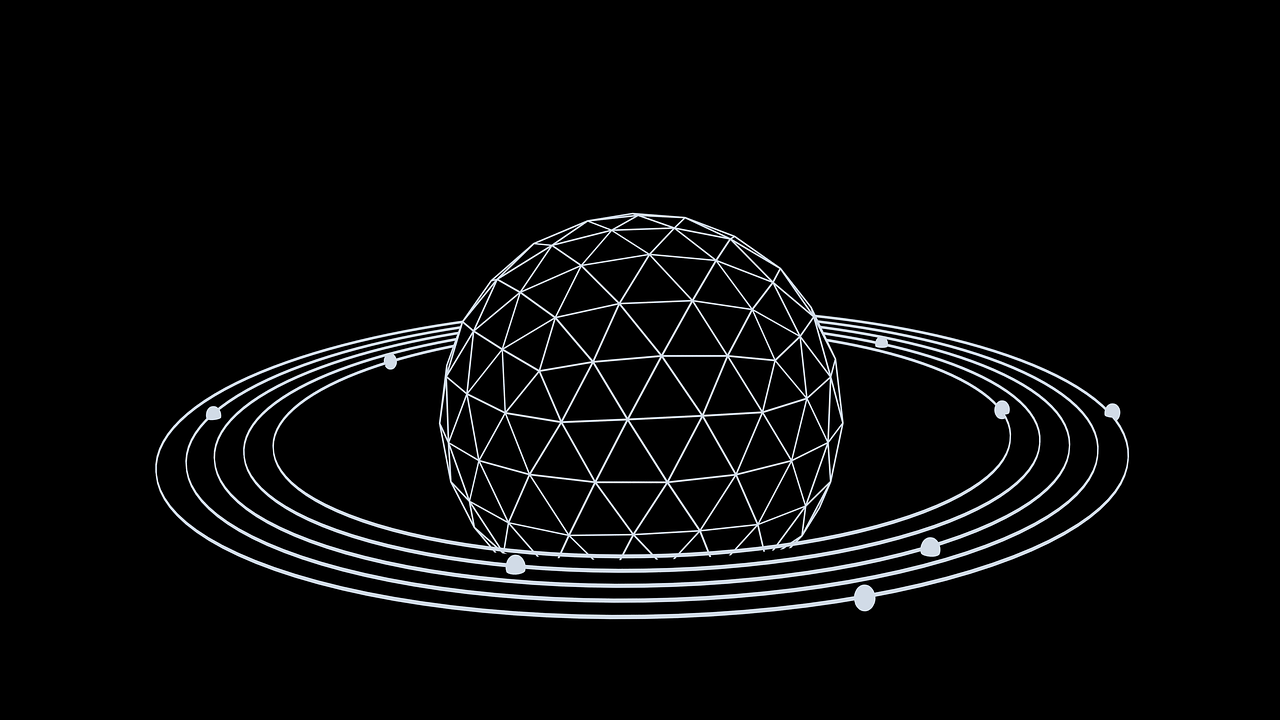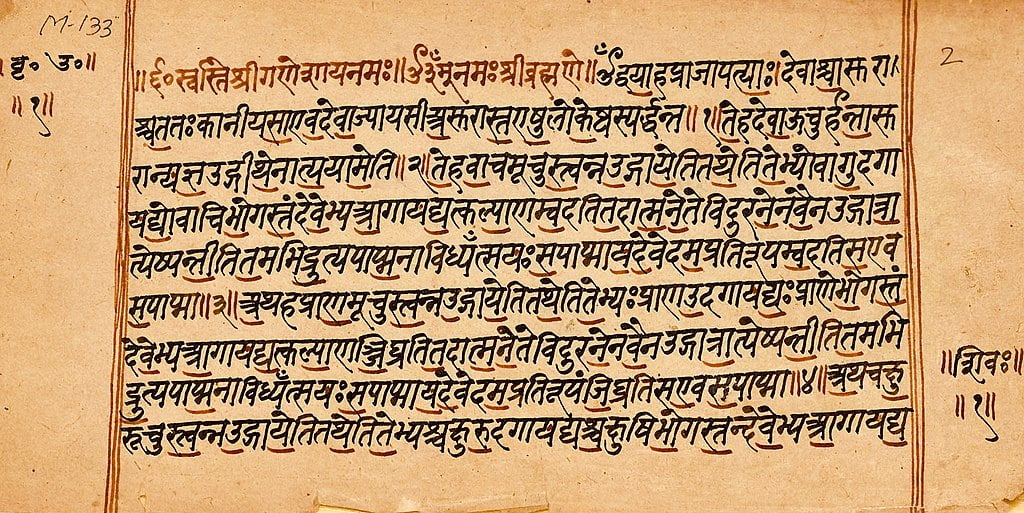Science and spirituality are often seen as opposing forces, but what if they’re actually complementary?
Let’s dive into how this intriguing argument holds up, especially when we look at the philosophy of Advaita Vedanta.
Table of Contents
Pramanas or Proofs in Advaita Vedanta
In Indian Knowledge Systems, Advaita Vedanta stands out as a philosophy that resonates well with modern thought processes. It is based on the Brahma Sutras, written by Badrayana and interpreted by Adi Shankaracharya.
So, Advaita Vedanta means “non-dualism,” which emphasizes that the true self, Atman, is the same as the highest reality, Brahman. This philosophy is established through six methods of acquiring knowledge: Pratyakṣa (direct perception), Anumāṇa (inference), Upamāṇa (comparison and analogy), Arthāpatti (postulation), Anupalabdi (non-perception), and Śabda (scriptural testimony).
If we look closely, modern science and Advaita Vedanta share similarities in their methodologies.
- Pratyakṣa, or direct perception, is akin to empirical evidence and observation in science.
- Anumāṇa (inference) and Upamāṇa (comparison and analogy) are used in science when drawing conclusions from experiments and comparing results with existing theories.
- Arthāpatti (postulation) and Anupalabdi (non-perception) correspond to formulating hypotheses and considering the absence of evidence, like in mathematical derivations or negative proofs.
- Śabda, or scriptural testimony, parallels peer review in science, relying on the testimony and validation of experts.
So, where does the real difference arise?
Areas of Gap
Advaita Vedanta is deeply rooted in the experiences of sages like Badrayana and Adi Shankaracharya. Their insights were derived from profound spiritual experiences, not empirical experiments. In contrast, science relies on objective experimentation and empirical data. Is this a contradiction?
Not necessarily. Both are ultimately trying to uncover the “truth” of existence.
Can simply reading the texts of Vedanta provide the same experiences that Badrayana and Adi Shankaracharya had?
Not quite. The essence of Advaita Vedanta is practical and experiential—no amount of reading can substitute for direct experience. Vedanta emphasizes the importance of practicing ‘dharma’ to reach the highest truth. This isn’t about religion; we will discuss dharma later on or click here to read my previous article for more details.
The Vedas talk about “Bindu” or the finest particle of existence. This concept isn’t about the “god particle” or Higgs boson. In another interpretation, Kanada’s “Paramanu” is considered the smallest, indivisible particle. Did you know that the term “atom” from Democritus, meaning indivisible, has evolved significantly? Today’s scientific “atom” is divisible into quarks, leptons, and other sub-atomic particles.
The funny thing is today’s atom is not what the atom was perceived by philosophers.
Is there a way to reach “Bindu” or “Paramanu” or “real atom” through science?

The practicality problem.
No, not practically possible today. According to the Heisenberg Uncertainty Principle, trying to localize a particle within the Planck length would require so much energy that a micro black hole would form. Any probe used to measure a distance smaller than the Planck length would have a wavelength shorter than the Planck length due to wave-particle duality, but its momentum would be so large that it would generate a black hole.
This means we don’t know “empirically” what’s beyond the Planck length.
The only probable theory that may keep Planck’s length is string theory, where the finest quanta are considered vibrating strings rather than some round object.
We have empirical limits in science.
Any probe or measurement device used would have its own quantum properties that create uncertainties. At the Planck scale, those uncertainties would overwhelm and obscure any measurement, making precision impossible. It’s thought that processes at the Planck scale would involve quantum gravitational effects like virtual black holes that could not be directly observed. Their fleeting nature makes measurement difficult in principle.
Our current theories, like general relativity and quantum field theory, break down at the Planck scale. We lack a full theory of quantum gravity that could make testable predictions about phenomena in that domain. The very notion of distance and spacetime geometry may not apply below the Planck length according to some approaches like loop quantum gravity. There may be no well-defined scales left to measure.
What exactly is the “empirical limits of science”?
The empirical limits of science refer to the boundaries of what can be studied through observation and experiment, as opposed to pure theoretical speculation. These limits arise due to practical constraints but also speak to deeper philosophical questions.
As philosophers like Karl Popper have noted, science can only make falsifiable claims and predictions based on potential observations. Even if technology advances, David Hume influenced our understanding with his inductive skepticism—that causal inferences beyond experiments are unjustified. Imre Lakatos formulated methodologies showing how empirical anomalies may limit a theory’s domain rather than render it wholly non-scientific. Likewise, Thomas Kuhn’s work on paradigms highlighted how scientific worldviews shape what is considered empirically accessible.
But spirituality is also not complete without experience. The question is, how do we get that experience? Maybe science will find its answer someday, but will you, the one reading this article, gain that experience? Doesn’t it require a “spirited” individual? Maybe yes, but the refinement of “marga” or path is needed first through “deduction.” Which path you choose will depend on your own science.
What science would that be? Here’s a hint: science was called “natural philosophy” during the time before Newton.
The ecstasy of truth.




